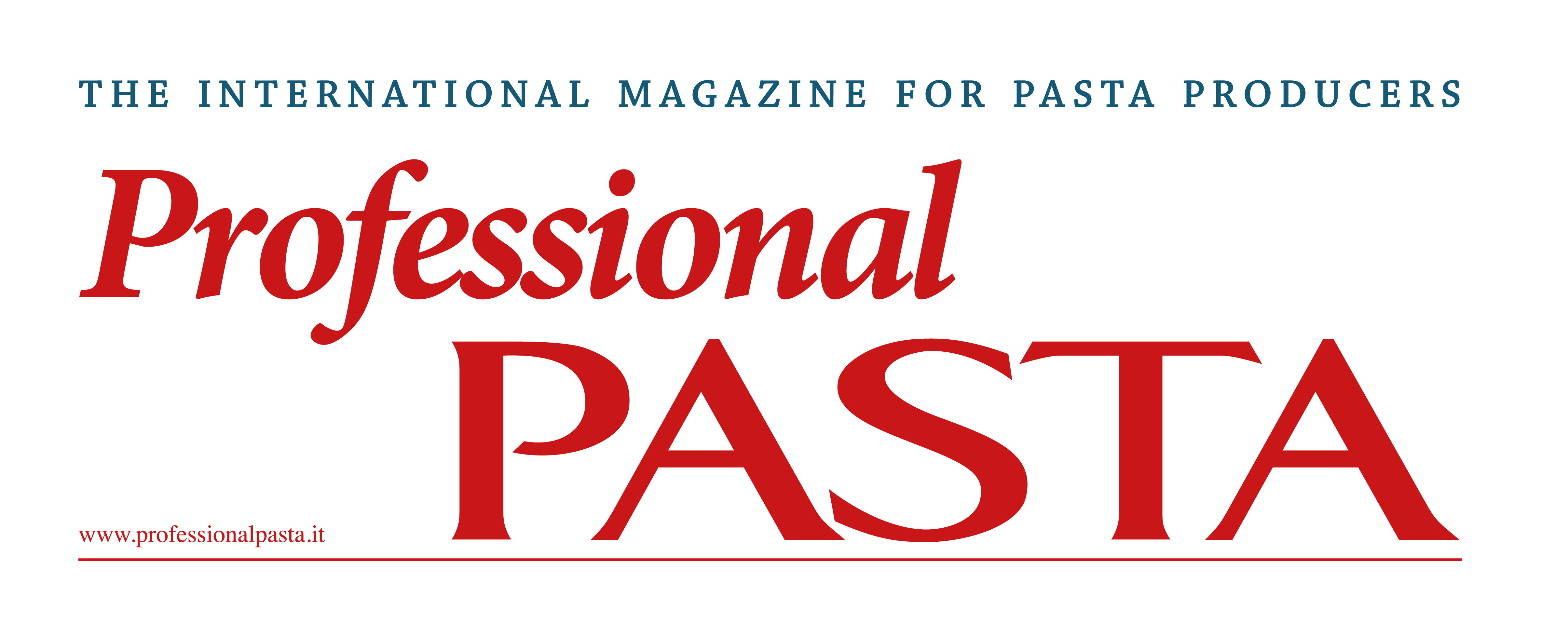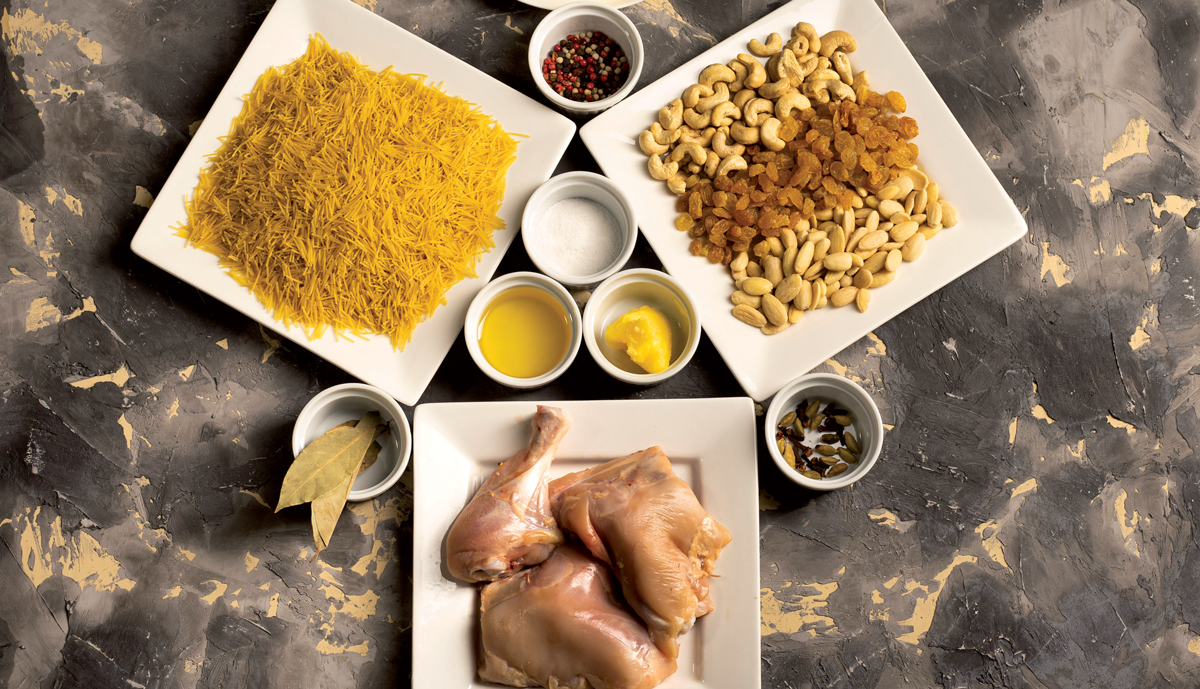Better than pop corns. Pasta on the Big Screen
Pasta, a cornerstone of Italian cuisine, has also found a special place on the big screen, becoming a powerful cultural symbol both in Italy and the United States. This seemingly simple food has taken on profound meanings in storytelling, evoking emotions, and representing cultural identities.
In Italy, pasta on the big screen is often linked to tradition, family, and homeland. Scenes of Sunday lunches with huge steaming plates of pasta have become iconic, representing warmth and family unity. I’m writing this article on a special day, Ferragosto (the 15th of August).
As a déjà-vu, a film like “Pranzo di Ferragosto” (“Ferragosto Lunch”) by Gianni Di Gregorio (2008) comes to mind, one of many movies where the preparation and consumption of pasta is used as a metaphor for Italian life, interpersonal relationships, and the passage of time.
In this small neorealist picture set in Rome, a middle-aged man named Gianni agrees to look after the mother of the building manager Alfonso on Ferragosto.
The real protagonists of the film are elderly women, one of whom, Maria – Alfonso’s aunt from the south – is an expert in preparing baked pasta, probably made with penne or rigatoni. With mozzarella, mind you, certainly not béchamel, as would be plausible a little further north.
A specific scene is dedicated to the preparation, where the elderly lady explains to the host every secret of the toppings and how to ensure that the “crust” turns out perfect and doesn’t burn.
It is a story of life experience and gender, finding its sublimation in festive days like Ferragosto, where the flavors of the past and traditional cuisine can cheer up a merry gathering assembled for the occasion. Here, the preparation of pasta becomes an act of care and intergenerational connection.
Subscribe to the magazine to read the full article








